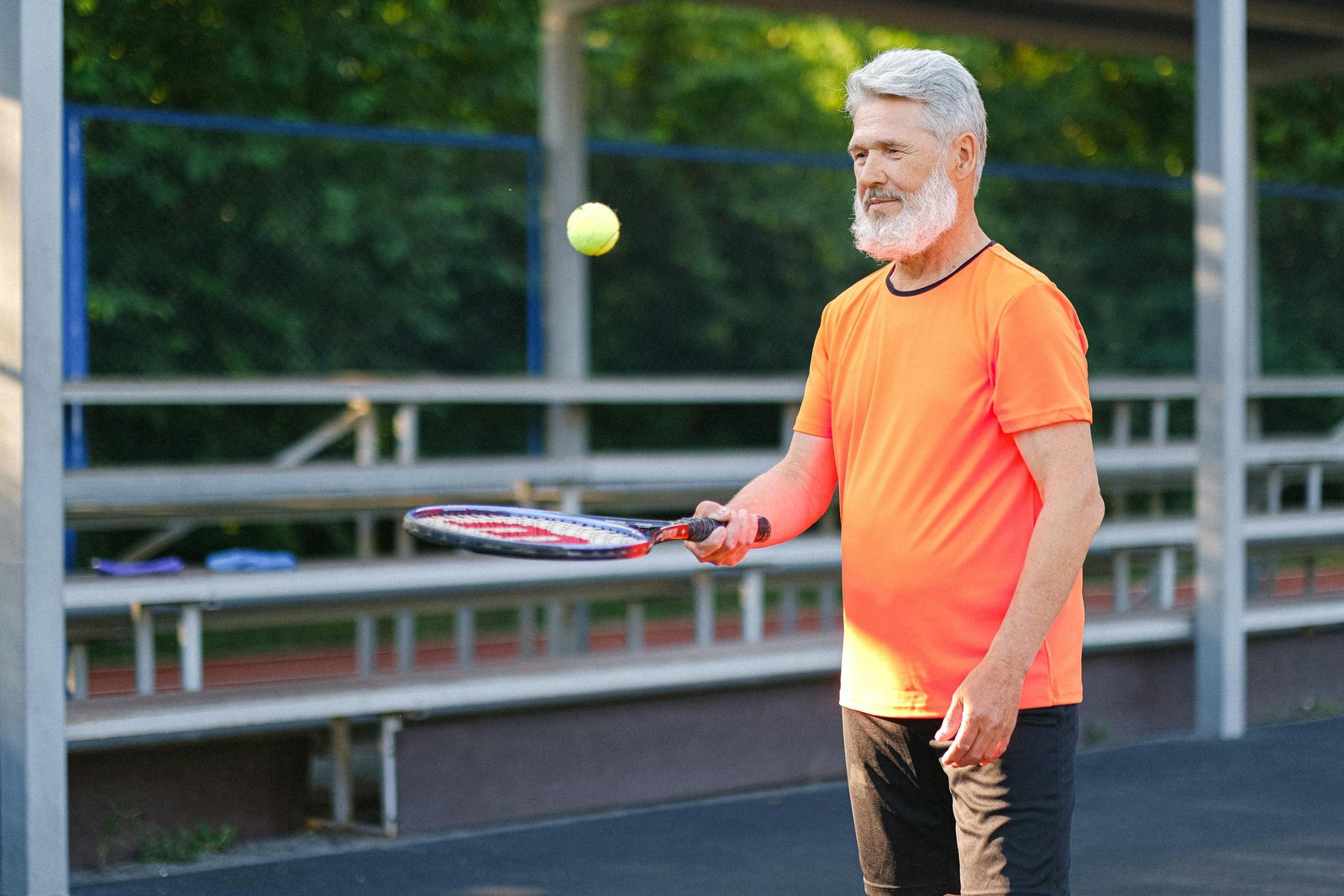Health care for men:
Men’s health faces numerous challenges. Absence of programming, inflexible orientation generalizations, an absence of data about men’s well-being from clients and wellbeing administrations, social and monetary obstructions that lead to low use of preventive and remedial wellbeing administrations, and smoking, unnecessary liquor utilization, and an inactive way of life are unfortunate ways of life. Men’s well-being is quite difficult for well-being frameworks on account of orientation imbalance and the predominance of persistent illnesses.
People’s well-being is impacted by various social determinants of well-being, including orientation, race, nationality, social class, and sexual direction. These variations have implications for the way social protection and manipulation measures are tailored to unique subgroups. Health variations among women and men move past biological variations. Men frequently interact with risky behaviors that may have poor health effects or even increase the chance of mortality. Men’s social tiers and epidemiological profiles are inspired by gender norms and stereotypes which might be based totally on notions of masculinity and consist of elements inclusive of strength, autonomy, strength, and virility. Men are much more likely than ladies to die from a cardiovascular ailment, which is the main cause of loss of life, and smoking is a full-size threat element.
Men commonly polish off fourfold the amount of liquor every week as ladies. Men, particularly those between the ages of 15 and 49, are more likely to become disabled or pass away as a result of alcoholism. It is crucial to remember that these wounds and passing’s can be stayed away from by not drinking liquor. Men’s alcohol consumption increases their brutality toward women.
Domestic violence against women, particularly by husbands, is a serious problem. Men’s utilization of savagery will in general be socially “supported,” as per proof of chauvinist mentalities and unbending standards that legitimize it for “abusing” ladies in the home. Physical and sexual abuse of women: Because men are also victims of aggressive behavior at home, it is essential to remember people for orientation-based brutality avoidance strategies and projects.
Analyze the relationship between andrology and men’s health outcomes to describe them and suggest ways to improve men’s, women’s, and children’s health.
Gender inequality and social factors interact with biological differences to influence men’s and women’s health. Throughout an individual’s lifetime, there are huge distinctions in sexual orientation in mortality and grimness designs, remembering an increment for males passing from preventable causes like liquor, car crashes, fierce demise B, and different medications (like cocaine, pot, and amphetamines). Numerous causes of death and morbidity are linked to the emergence of a dominant masculinity model that threatens men’s and their families’ overall health.
We recommend implementing coordinated and sustainable policies with a relative and interchangeable gender perspective, including men, to achieve sound measures in all gender diversity policies that have positive outcomes for children, young people, and women.
The equilibrium methodology obliges us to work for correspondence and sound development. This article is a response to the need to provide details about the significant harms that male-overwhelmed sex does to the health of all kinds of people and the lack of a comprehensive response to men’s health. Men’s health outcomes are rare and poorly documented, and this report concluded that they are closely linked to the development of masculinity. This article expands on this idea and looks at other comparative studies that have been done on the subject to show the effects on men’s health by looking at how men interact with andrology, making it possible to identify positive health-promoting interventions.
The results of this analysis are presented in four primary dimensions: the epidemiological profile of men’s well-being during the Coronavirus pandemic, as well as arrangements and responses, social determinants, and men’s well-being across life expectancy.







